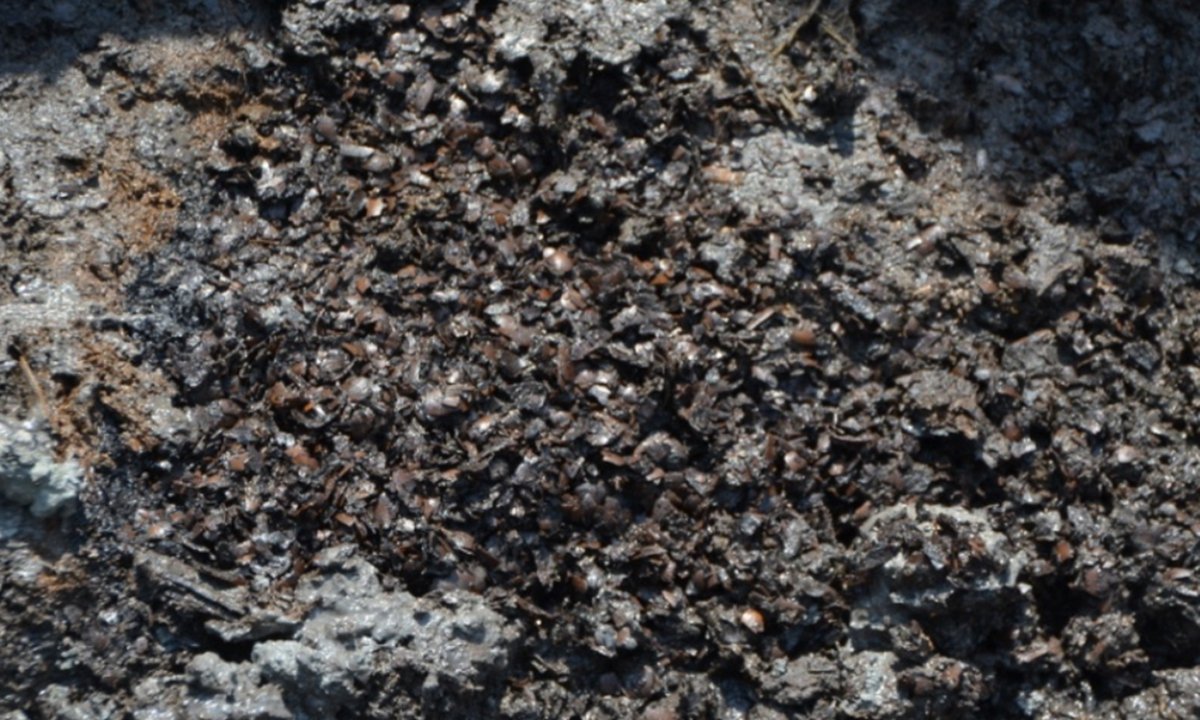In the bustling city of Yuyao, situated in East China’s Zhejiang Province, a primary school has become the epicenter of a remarkable archaeological discovery. Excavation efforts on the school grounds have unveiled a treasure trove of artifacts spanning multiple eras from China’s illustrious past, particularly from the Han Dynasty, a period that commenced in 206 BC and culminated in AD 220, to the Six Dynasties, which spanned from the inception of the early Three Kingdoms in 220 to the culmination of the Southern Dynasties in 589.
Sprawling over 800 square meters, this ancient settlement has generously offered glimpses into the daily lives of its bygone inhabitants. Among the notable finds are water wells and ash pits, which serve as direct indicators of the lifestyles and survival methods of the people. Further, the assortment of ceramic artifacts excavated promises to deepen our understanding of the water supply mechanisms employed by the residents of the Yuyao River Basin during these periods.
The archaeological site has revealed a staggering 65 ash pits, complemented by six ash trenches. Additionally, eight distinct water wells, two column base groups, and a foundational structure of a wall have been identified.
One striking revelation from the Han Dynasty was the extensive collection of plant remains, encompassing bamboo-weaved items, peach stones, gourds, and notably, a thick layer of acorns, nearly half a meter deep, at the base of an ash pit. According to Xu Chao, a scholar closely associated with the project, this dense layer of acorns hints at its role as a storage facility, highlighting the reliance on acorns as a dietary staple during the Han Dynasty.
Fast forward to the Six Dynasties period, the excavation spotlighted a cache brimming with 796 copper coins. Additionally, the discovery of six water wells, some fashioned out of bricks, sheds light on the innovative water sourcing techniques of the time. Remarkably, these wells also concealed treasures like bronze lamps, porcelain cups, and a staggering 1,682 iron coins.
Pondering upon the significant quantity of coins, both within the cache and those ensconced within the wells, experts postulate that these might have been emergency reserves. The inhabitants possibly stashed away these valuable coins, anticipating unforeseen calamities or disasters.
Beneath the school’s playground layers, ceramic shards and construction materials span eras from the Han Dynasty right up to the Ming and Qing Dynasties. Delving into history, it’s intriguing to note that the school, which now stands as a bastion of education, was once the locale for an imperial academy, highlighting the significance of the area across ages.
READ MORE:
